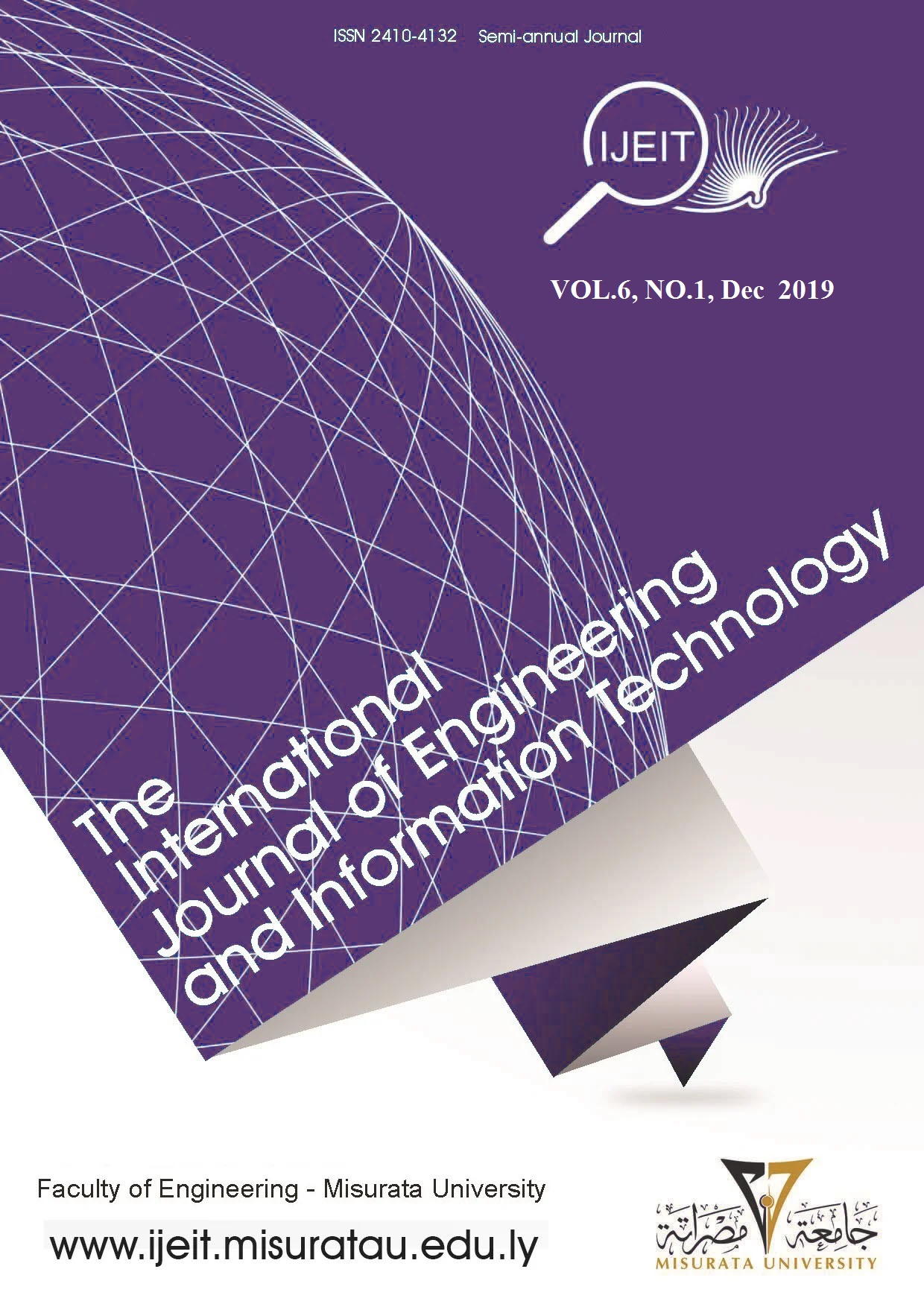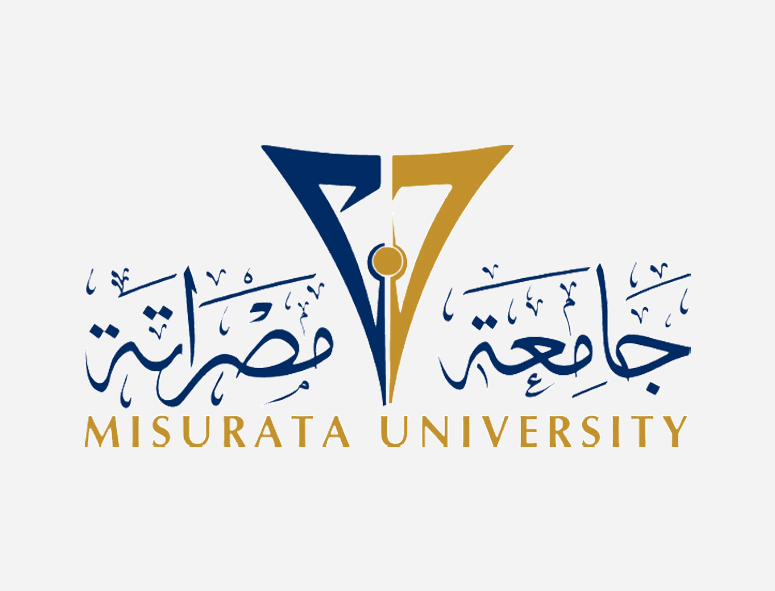Experimental and Numerical Simulation for Bulk Nanostructure of AL-6082 Alloy Material Produced by Equal-Channel Angular Pressing (ECAP)
DOI:
https://doi.org/10.36602/ijeit.v6i1.294Keywords:
nanostructure materials, FE simulation, equal angler pressing (ECAP)Abstract
Equal-channel angular pressing (ECAP) is a
severe plastic deformation (SPD) method, which used to
produce ultra fine-grained (UFG) material . The
conventional way to develop press-formed metallic
components requires a burden some trial-and-error process
for setting-up the technology, whose success depends largely
on the operator’s skill and experience [6,7]. The finite
element (FE) simulations of ECAP process help the
manufacturing engineer to design a forming process by
shifting the costly press-shop try-outs to the computer-aided
design environment. Numerical simulations of a
manufacturing process, such as ECAP, have been
introduced, in order to avoid the trial-and-error procedure
and to shorten the development phases when tight time-tomarket
is demanded. The main aim of the investigation
presented in this paper is to develop a numerical model that
would be able to successfully simulate the ECAP pressing.
The finite-element method was used for die and billetbehavior
predictions during the process. The as-received
alloy used in this study was the 6082 commercial Al-Mg-Si
alloy. High strength and high ductility phenomenon which
recently was found in materials after ECAP were reached
with the route C technique up to eight passes with a high
length to diameter ratio i.e. 15-16. The induced anisotropy
of specimens after ECAP was monitored.
Downloads
References
M. M. Benisa, F. F. Eldabee and A. A. Elderwish “The effects of
backward extrusion on bulk nanostructured AL-6082 materials
produced by equal-channel angular pressing (ECAP), Journal of
Sciences and Technologies (Engineering and Applied Science ),
Vol. (3), No.(1),pp.52-65, June,2019.
M. Benisa, G. Senuss, “Investigation of mechanical properties for
bulk nanostratural of AL-6082 alloy material produced by equalchannel
angular pressing (ECAP), ” Structural integrity and life,
Vol. 14, No(2), pp. 79.86, 2014.
Gy. Krallics, D. Malgin, A. Foder, “Experimental Investigations
of the Al 6082 Alloy Subjected to Equal-Channel Angular
Pressing,” Materials Science Forum, vol.473 , pp.129-134, 2005
Gy. Krallics, Z. Szeles, D. Malgyn, “Finite Element Simulation of
Multi-Pass Equal Channel Angular Pressing,” Materials Science
Forum, , Vols. 473-474, pp. 453-458, 2005.
R.Z. Valiev, R.K. Islamgaliev, I.V. Alexandrov, ”Nanostructured
Materials From Several plastic Deformation: Nanostructured
Materials, ” Vol. 12, pp. 35-40, 1999.
R.Z. Valiev, R.K. Islamgaliev, I.V. Alexandrov “Bulk
Nanostructured Materials From Severe Plastic Deformation, ”
Progress in Material Science,Vol. 45, pp. 103-189, 2000.
R.Z. Valiev and I.V. Alexandarov: “Nanostructured Materials
from sever plastic deformation,” Nanostructured Mater; pp. 1235.
R.Z. Valiev, Yu.V. Ivanisenko, , E.F. Rauch, B. Baudelet,
“structure and deformation behavior of Armco iron subjected to
severe plastic,” Acta Mater. 44:4705. 1997.
M. Furukawa, Z. Horita, M. Nemoto, T. Langdon, “A model
investigation of the shearing characteristics in equal-channel
angular pressing,” Journal of Material Scince 36, pp. 2835-2843,
V. M .Segal, “Matreials processing by simple shear,” Mater Sci.
Eng; A197: 157, 1995.
Y. Iwahashi, Z. Horita, M. Nemoto, T. G. Langdon, “influence of
channel angle on the development of ultrafine grains in equalchannel
angular
pressing,”
Acta
Mater.,
:1589,
Downloads
Published
Issue
Section
License
Copyright (c) 2016 The International Journal of Engineering & Information Technology (IJEIT)

This work is licensed under a Creative Commons Attribution-NonCommercial-NoDerivatives 4.0 International License.













